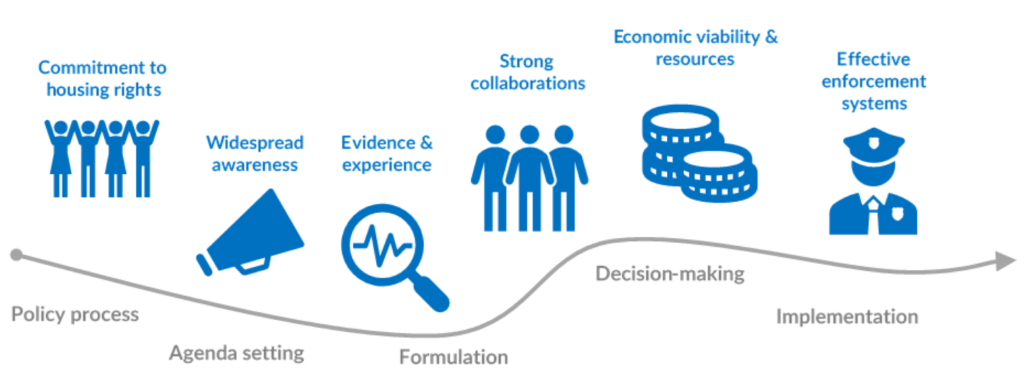City Know-hows

Evaluating urban environments is crucial for enhancing mental well-being. Identifying key indicators and developing a robust framework are essential steps in effectively measuring the impact. This method is fundamental for designing targeted strategies to improve mental health outcomes through informed interventions.
Share
Target audience
Urban designers and planners, architects, healthcare professionals, plus academicians, sociologists, and policy-makers working in the same field.
The problem
Existing tools may fall short due to the diverse environmental and cultural contexts in India. It is essential to identify focus indicators that align with the local urban environment to effectively assess mental well-being. A context-specific framework, tailored to the unique physical and social dynamics of India, is vital for accurately evaluating urban spaces and implementing targeted interventions.
What we did and why
Understanding and evaluating urban environments is essential for fostering mental well-being among residents. By involving stakeholders in comprehensive investigations, we identified key indicators relevant to mental health within the Indian context. This collaborative approach enabled the development of a framework tailored to assess these factors systematically, facilitating informed decision-making and the implementation of targeted initiatives aimed at enhancing mental well-being in urban areas.
Our study’s contribution
Identifying relevant indicators through stakeholder engagement involves systematically evaluating, analysing, and interpreting various elements affecting mental health within urban environments. This process acts as a roadmap, guiding the structured assessment of diverse urban factors such as physical infrastructure, social dynamics, green spaces, noise levels, access to essential services, and community support. By involving stakeholders, the identification of these indicators ensures that the framework reflects local contexts and needs, fostering informed decision-making and effective interventions to enhance mental well-being
Impacts for city policy and practice
By identifying relevant indicators through stakeholder engagement, policymakers, urban planners, and healthcare professionals can gain valuable insights into the specific aspects of the urban environment that impact mental well-being, both positively and negatively. This process facilitates evidence-based decision-making and the development of targeted strategies to address challenges and enhance beneficial influences within the urban context.
Further information
Full research article:
Perceptions of urban environment indicators associated with mental well-being: a stakeholder investigation by Asesh Sarkar and Tina Pujara
Related posts

Our study introduces and reviews how the built environment and its relation to population health are assessed in the literature. We did this by identifying methodological shortcomings and research potentials that need to be addressed jointly. Our assessment aims to undertake multiple health issues in an integrated manner, and identify priorities within the city whereby health is a primary goal.

As the global urban population grows, food production and housing are currently ‘competing’ with each other for land on the edges of cities. Both essential urban components, this research supports town planning and urban design professionals to explore alternative peri-urban land use typologies, where food production and housing co-exist for greater urban health and resilience.

The foundation is to generate awareness and evidence of existing housing conditions and their health impacts. Then collaborate across sectors and with stakeholders, establish effective enforcement systems, and tackle issues around private rights.